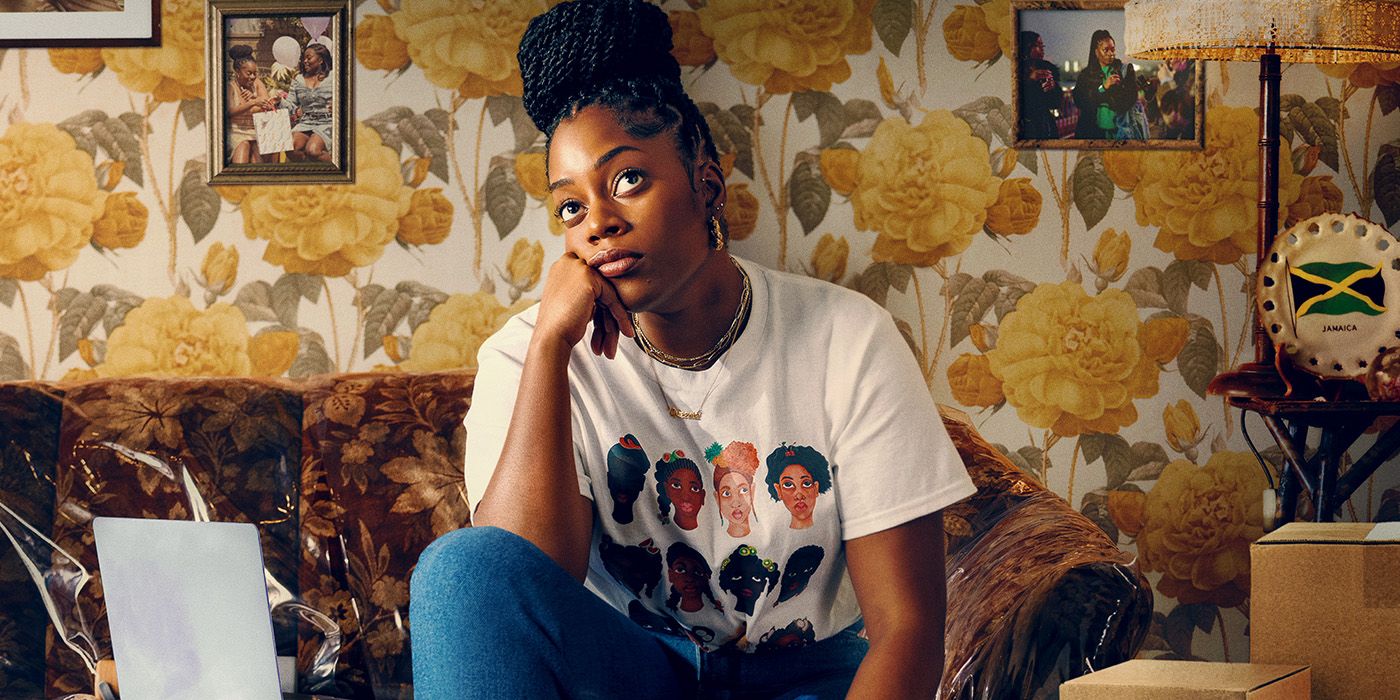A major new exhibition at the Brunei Gallery aims to help Jewish migrant families uncover the fates of hundreds of children who disappeared in the early years of the State of Israel, writes James Twomey.
Many children were separated from their families while staying in temporary camps after migrating to Israel during the 1940s and 1950s – mainly from Yemen but also the Middle East, North Africa and the Balkans.
The state officially maintains that these children died, but their families have never seen bodies, graves or death certificates.
Instead, families believe their children were sent away to so-called ‘baby homes’ run by women’s organisations and often illicitly adopted, perhaps even abroad.
A growing body of evidence to support families’ claims has been assembled by Dr James Eastwood, from Queen Mary University of London, and museum curator Joanne Rosenthal for the new exhibition, Empty Cradles: Israel’s Disappeared Children, which will be open to the public at SOAS Brunei Gallery in Russell Square until December 10.
Dr James Eastwood, Senior Lecturer in Politics and International Relations at Queen Mary University of London, and a co-curator of the exhibition, said: “The forcible removal of children was sadly common in the 20th century, including in Israel, but recognition and justice has not always followed in every case.
 Left, Shulamit Arami with one of her children. When Shulamit gave birth to twins at an Israeli migrant camp in 1954, hospital staff told her that one of the babies had died, but she was not shown a body or a grave. Above, Yaffa Dayan with one of her children. When Yaffa’s first son was born in an Israeli migrant camp in 1964, she was not allowed to feed him, and four days later she was told he’d been taken to a children’s home – but when she and her husband went there demanding to see their baby, they were told that he had died.
Left, Shulamit Arami with one of her children. When Shulamit gave birth to twins at an Israeli migrant camp in 1954, hospital staff told her that one of the babies had died, but she was not shown a body or a grave. Above, Yaffa Dayan with one of her children. When Yaffa’s first son was born in an Israeli migrant camp in 1964, she was not allowed to feed him, and four days later she was told he’d been taken to a children’s home – but when she and her husband went there demanding to see their baby, they were told that he had died.
“There remain significant gaps in our knowledge of what happened in Israel, which the families are desperate to fill.
“This exhibition hopes to raise public awareness about this story, but also to locate people in Britain and around the world who may be able to help complete the picture.”
Documents and photographs reproduced in the exhibition record the Israeli state policy of systematically separating Yemenite children from their parents, as well as charting the role of so-called ‘baby homes’ in housing ‘lost’ children before putting them up for adoption.
Mothers whose children were taken away by force have shared moving testimonies, detailing the racism and condescension they experienced from Israeli authorities, who frequently accused them of being unfit to raise their own children.
While the disappearances took place in Israel, the exhibition also documents the role of international women’s organisations, including some based in the UK.
Publicity material from the time shows that volunteers, donors, tourists and members of the public around the world were aware of and involved in the Israeli state’s work with these children; many shared assumptions about the ‘unfitness’ of the parents, and even visited the ‘baby homes’ when parents themselves could not.
The Amram Association, an Israeli organisation which campaigns for justice for the affected families, welcomed the opening of the exhibition by saying: “Bringing these stories to international attention is vital for raising awareness and seeking justice.
“Visitors to the exhibition will have an important opportunity to recognise the injustice which befell these families, after decades of silencing and denial.”
The exhibition is free to visit.
Pictured: Shoshanna and Zeharia Kohavi with one of their children. When Shoshana gave birth to twins at an Israeli migrant camp in 1948, she was only allowed to see one of her babies; the hospital said the other twin had died but would not allow her to see the body.
Related Stories
https://londonnewsonline.co.uk/the-lost-children-of-israel/





